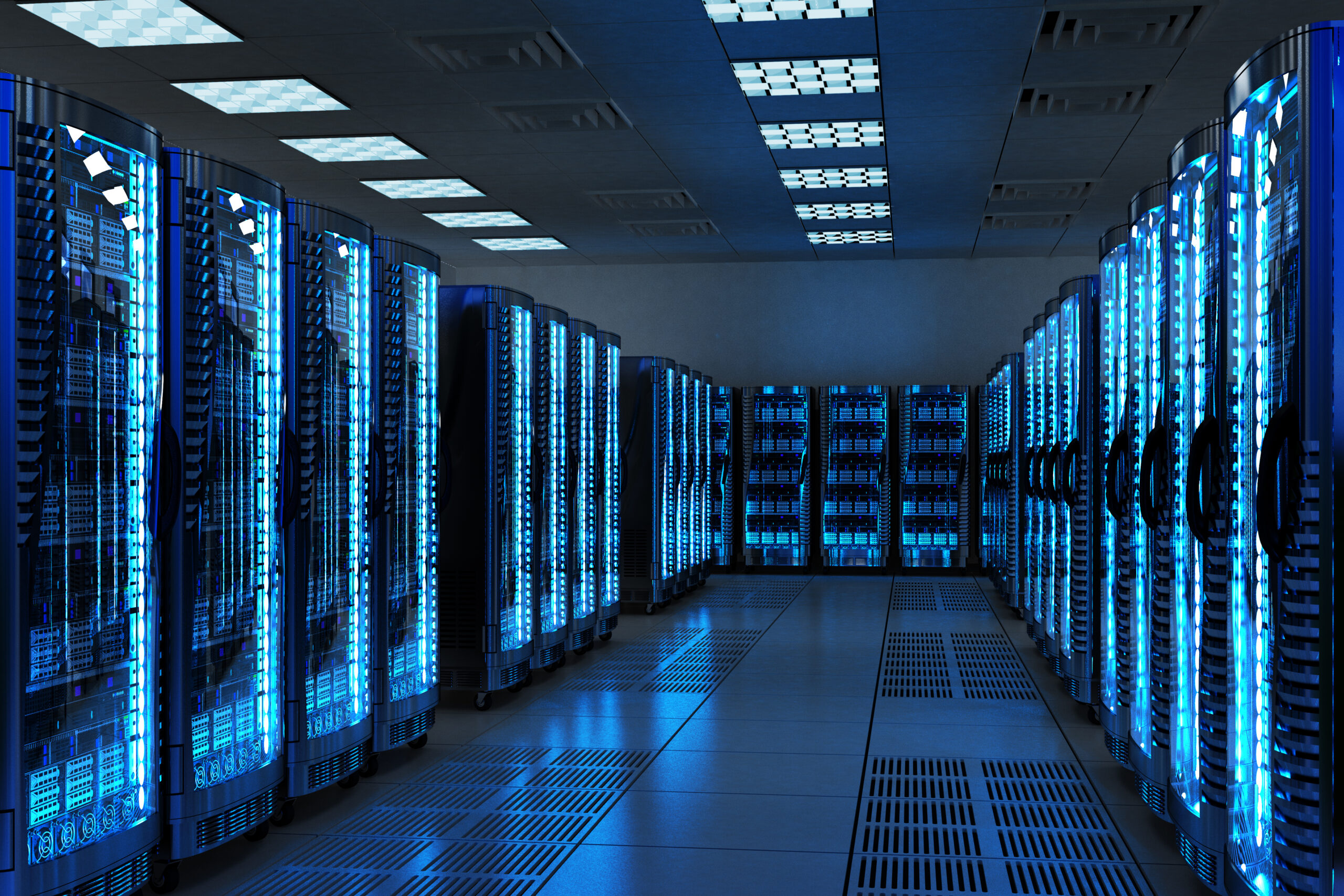Data Networking
It’s no secret that computers have greatly evolved over time. And it’s no secret that use for computers has also evolved. As demand has grown for data-processing, analyzation, organization, and communication, more businesses have increased the number of computers at their company. This number grows exponentially for businesses all over the globe—and only one thing keeps them all connected: a network.
In layman’s terms, a data network is “an electronic communications process that allows for a structured transmission and reception of data, including letters, spreadsheets, and other types of documents,” (from Integron.com). And there are two foundational categories: public and private networks.
Private Networks and More
Private networks are local networks, typically used by businesses, that are meant for transmission of information and data between separate departments in a company. A public network is typically employed by a telecom company with the purpose of transmitting data services for public use.
If you are considering whether a private or public network is a fit for your business, you might want to consider the following questions:
• What networking model does your business currently use?
• How many computers and network devices are connected to your current model?
• Which applications do users rely on most heavily, and how much bandwidth do these applications consume?
• Are you planning changes to your model that might affect your networking needs?
• How much money do you have budgeted for the installation and maintenance of your current model?
Personal Area Network
PAN—a personal area network—is most frequently used by small businesses and just about anyone with an internet connection. PAN is designed for the individual, and may not accommodate a high-volume business. PAN may also be referred to as HAN (home area network) if more than one person is using the network within a residence or business.
Local Area Network
Let’s keep rolling with the acronyms! LAN, or a local area network, is yet another network used for transmission of resources, data storage, and even printer data. LAN networks are typically installed with inexpensive hardware and added wires and Ethernet cables for extra security.
LAN can range from two or three computers to a network of over a thousand—and while most LAN connections are wired connections, the network can also be installed for wireless connections (WLAN). However, wired connections proved a faster, more secure LAN network.
Metropolitan Area Network
Last but not least—the MAN! A metropolitan area network (MAN) will often accompany a data network spanning an entire city, campus, or county. MAN networks are designed to extend up to tens of miles for optimal reach or to weave a wider web of data. MAN networks designed specifically for college campuses may also be referred to as CANs.
Once you identify the type of system that fits your needs, Synergy can help you explore the technological options—such as going wireless or installing cables—to fit your needs. The goal is to install a seamless system that lets you get down to business.
If you are looking for a data network for your business, give us a call at 602-354-3065 and learn how we can help you.
